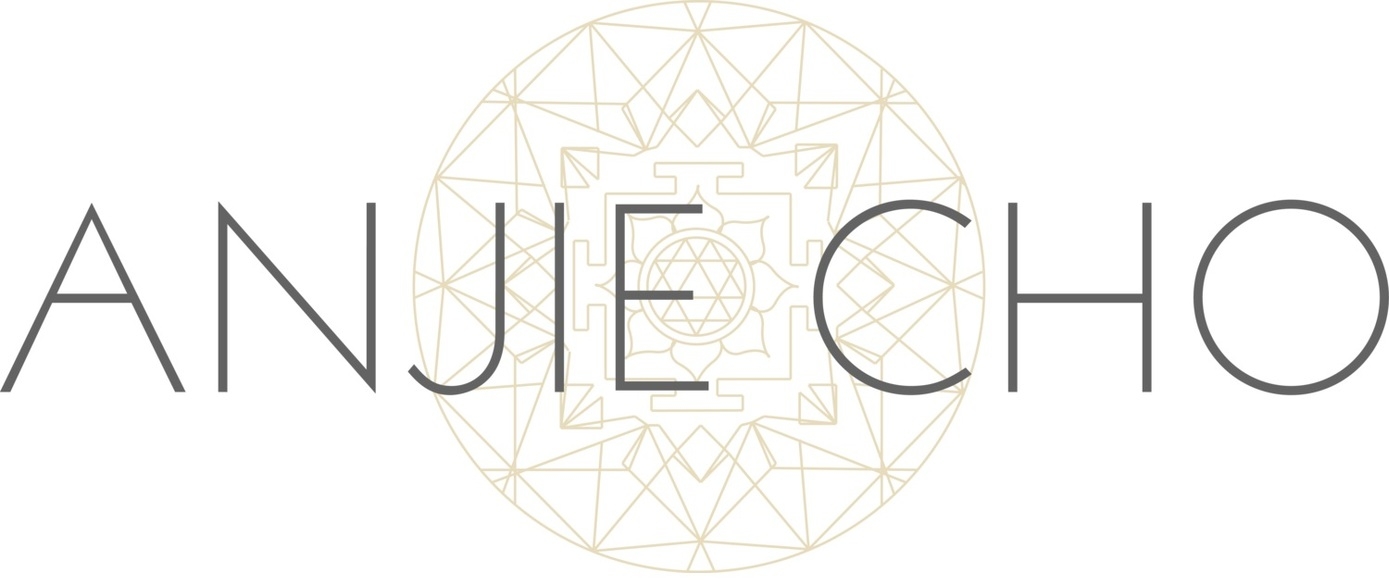You'll find the term "mantra" throughout our posts, as it's an important part of feng shui, Buddhism and many spiritual practices including meditation and sometimes yoga. None of this matters, though, if you don't understand what a mantra is.
Literally, the term "mantra" is a Sanskrit word meaning "mind tool," and that's exactly what a mantra is! Renowned meditation teacher, Sharon Salzberg, defines a mantra as a sort of default saying that each of us has in response to happenings in our lives. These mantras can actually be positive (i.e. You're awesome) or negative (i.e. I knew you'd mess that up!). In fact, changing negative thoughts to more positive thoughts is one of the best ways to use a "mind tool." The repetitive action in using a mantra helps to set the grooves in our lives and thoughts, and historically, specific syllables are believed to invoke individual energies.
Though the power of a mantra is said to be experienced through the listening, the repetition involved in using a mantra can be incredibly helpful in changing the way we react to certain events, speak to ourselves and even think about others. This direction (or redirection) of intention is one of the reasons we use mantras in feng shui, since BTB feng shui focuses so closely on intention.
One of the most basic seed syllables that start most traditional eastern mantras is "Om". Om is actually much more than a single syllable sound used in typical meditation. Om is known as an elemental and universal sound, encompassing all and serving as a part of many revered prayers and chants across many belief systems. And actually, Om is not one sound, but a collection of three (A-U-M) that is said to represent beginning, middle and end (so...everything). Physiologically, it represents the entire range of human vocal ability, from the throat to the lips.
Each person's personal mantra may be different, much like the varying mantras that accompany yantras and specific meditations. Be sure to check back next week, when we'll discuss one of the most popular traditional Tibetan Buddhist mantras, "Om Mani Padme Hum" and its importance. In the meantime, work to find your own mantra by choosing a word that lifts you, makes you feel connected and settles you into the groove you want. Sharon also recommends starting with a single word that you can associate with feeling the breath as you meditate.
I'm looking forward to sharing the meaning behind one of my favorite mantras. Until then, what word(s) are you choosing for your personal mantras? Do you already have daily mantras? Let us know in the comments or on Twitter or Facebook!




